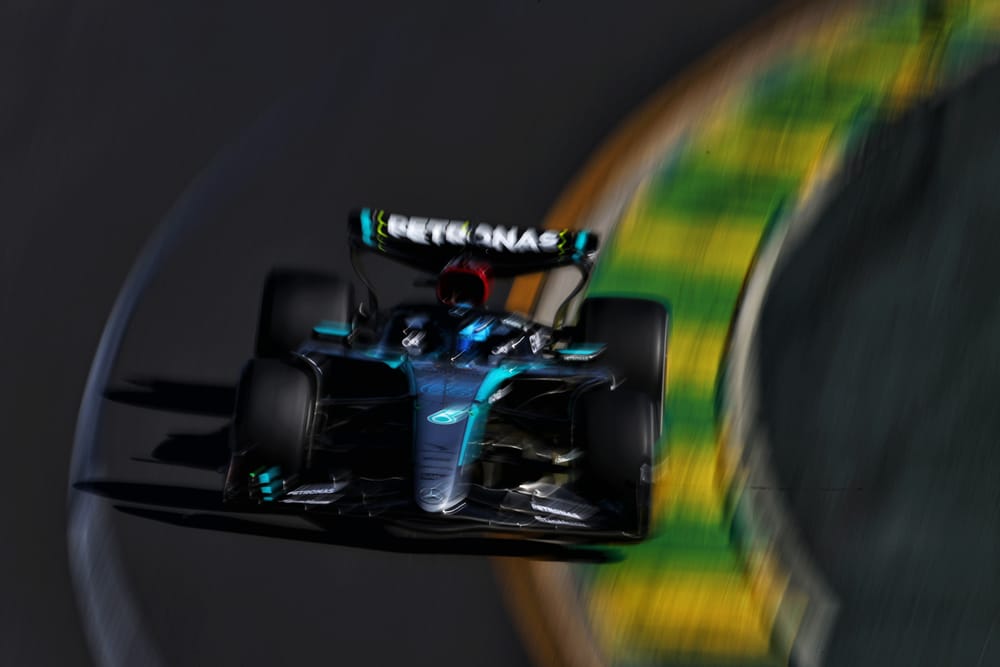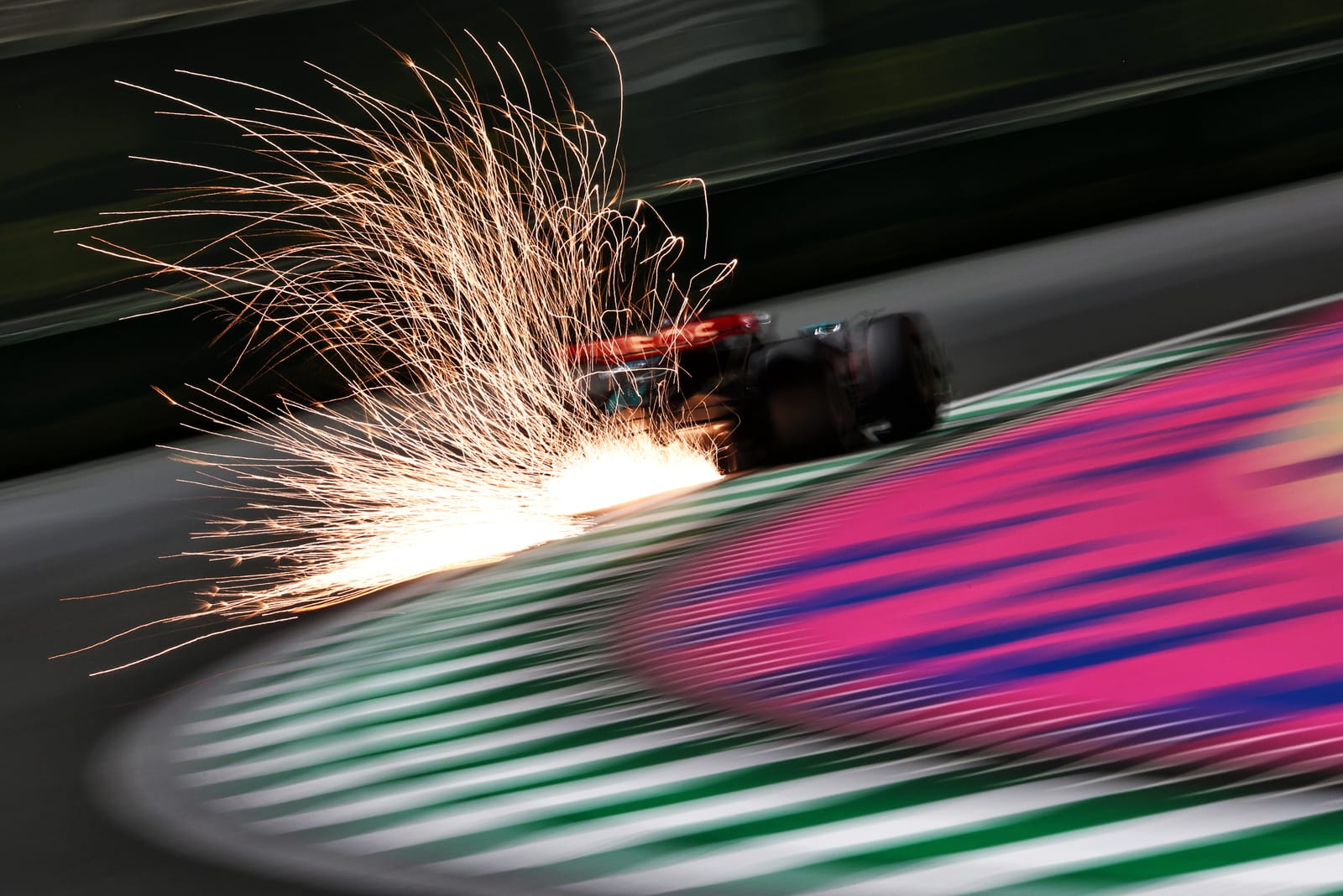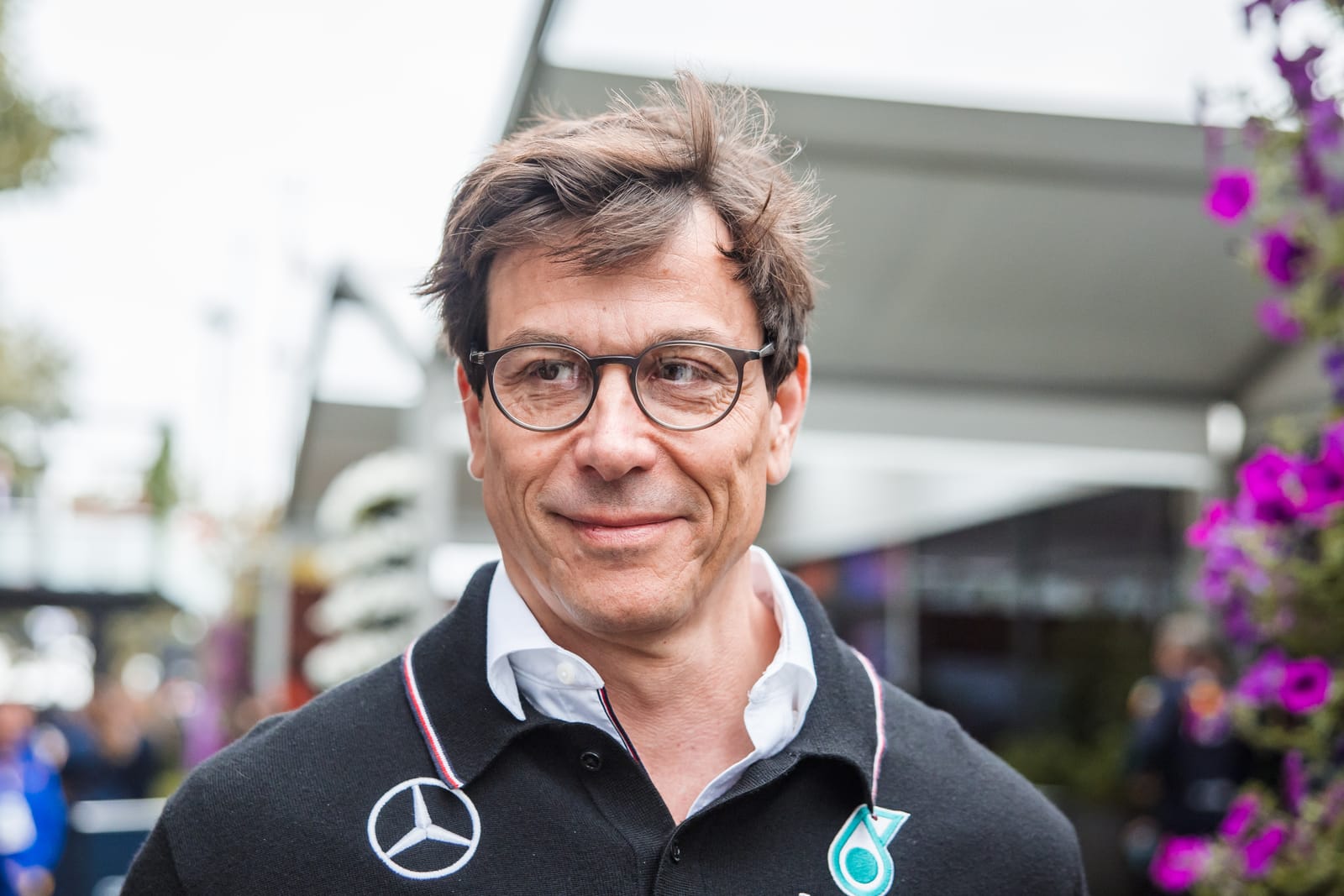Up Next

Mercedes has offered an explanation for the puzzling fluctuations in its 2024 Formula 1 car’s performance, and an admission that inadequate simulation models could be behind them.
Despite hopes of at least regaining some ground over the winter, after three rounds of this season it has yet to take a podium finish and has scored 30 points fewer than at the same stage in 2023.
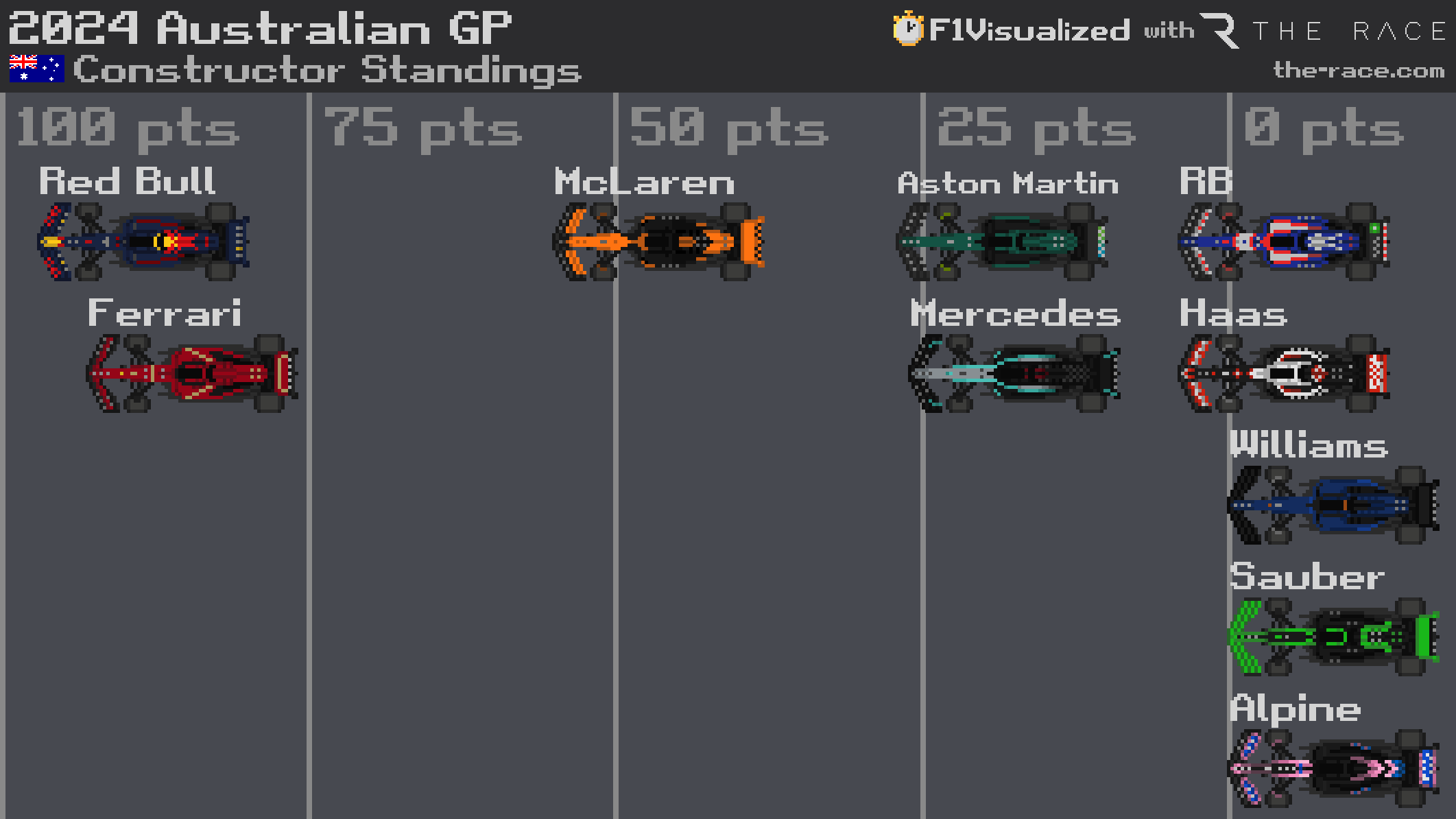
An abject Australian Grand Prix in which Lewis Hamilton retired with engine failure while only 11th and George Russell crashed from seventh when chasing Fernando Alonso - who was penalised for his driving in the incident - marked the nadir of Mercedes’ 2024 so far, but also continued a pattern of it looking briefly extremely competitive in a practice session before floundering when it mattered.
Its technical director James Allison alluded to that in the post-race debrief released by the team on Wednesday.
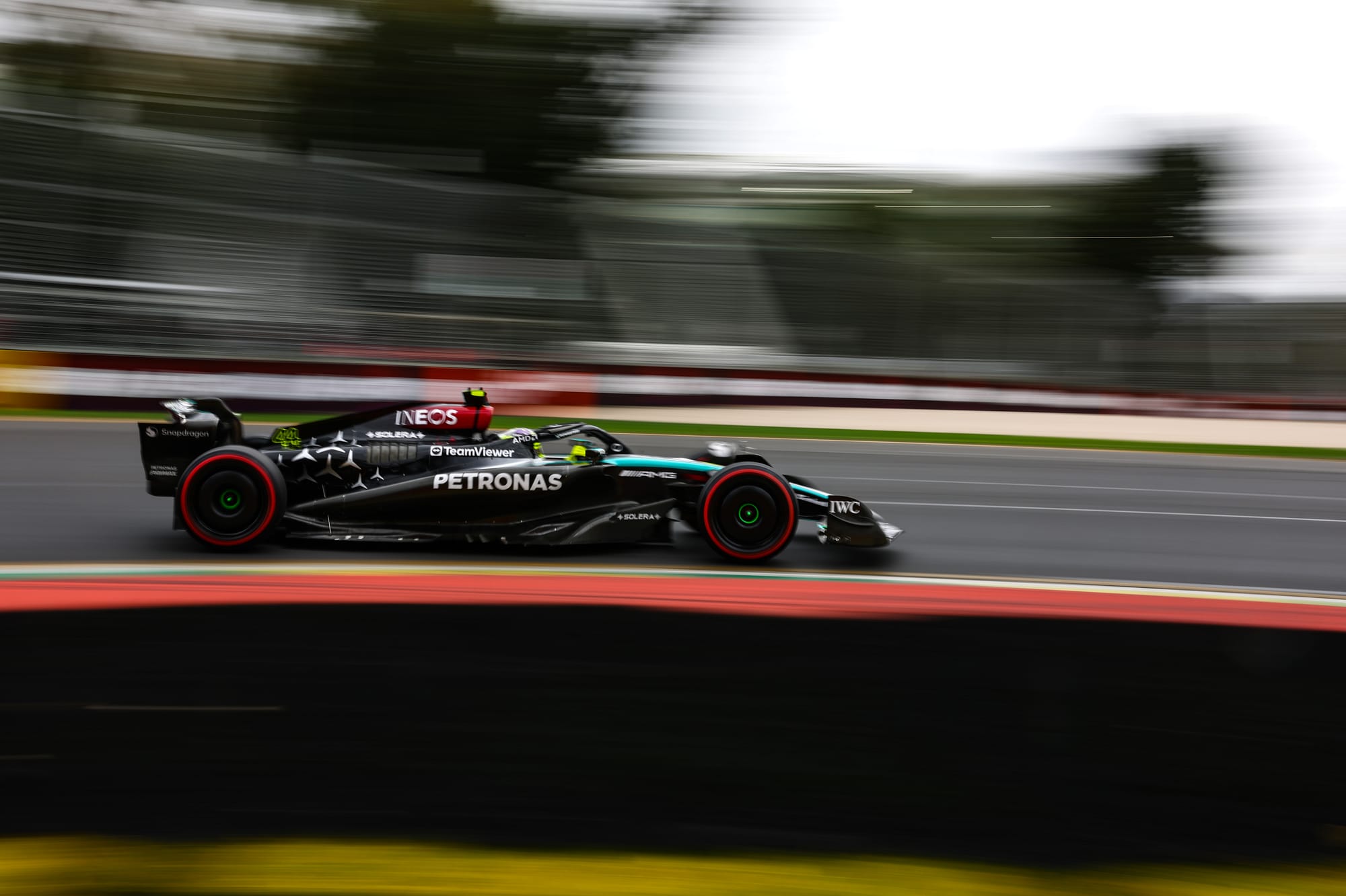
“We are starting to see a pattern emerge that most weekends we have a period in the weekend where we are feeling good about the car, confident about the car, but then in the paying sessions, in qualifying and the race, that slips through our fingers,” he said.
“If we were trying to draw that pattern together then probably the strongest correlation that we can make at the moment is that our competitiveness drops when the track is warm, when the day is at its warmest and therefore the tyre temperatures rise with those of the track.
“The times when we have been at our best have been all in the sessions which are the coolest and so that gives us some clues about what we need to do as we move forward from here.
“But from FP3 to qualifying in Melbourne there was not a set-up change.”
Asked in the debrief whether Mercedes was continuing to see correlation issues between its simulations and on-track reality, Allison replied “In simple terms, yes”.
And though his extended response suggested that what Mercedes is facing is in some ways little different to any team’s difficulties in making simulation tools accurately represent real-life tyre behaviour and tyre/asphalt interaction, he also strongly insinuated that Mercedes needs better simulation models in order to get out of its current predicament.
“There are always correlation issues in every year in every team and there always will be correlation issues between what you see in the factory and what you see on the track because the factory is a sort of reduced version of reality,” he said.
“It is not the same as driving a car on a real track on the actual asphalt of the actual circuit with all its infinite detail and complexity.
“You have simplified models back here in the factory and those simplified models are powerful for steering you one way or the other. But all of them have their shortcomings and all of them have their correlation issues.
“In large measure the models that we have, the simulation tools we have, are amazingly good at keeping us on the straight and narrow and guiding us towards more lap time.
“The devil's always in the detail.
“In the area of the high to low-speed balance, we could do with some improvement in that area of the models, because there we have some difference between what we are seeing on the track and what we are seeing back in the virtual world.
“And those differences, if we can bring them closer together then it just allows us to be more accurate with the projections we make back here to address the things that we believe are holding the car back.”
Allison’s explanation built on hints team principal Toto Wolff had given in Australia about what was confusing Mercedes at present.
He had described Mercedes’ issues as a “physics problem” - prompting The Race’s Edd Straw to ask, given the laws of physics haven’t changed between Mercedes’ dominant years and its struggles, what Mercedes needed to change in terms of its processes and parameters considering everything it had tried since 2022 appeared to have failed so far.
Wolff’s response suggested Mercedes was realising its problems might come down to a disparity between its windtunnel numbers and reality.
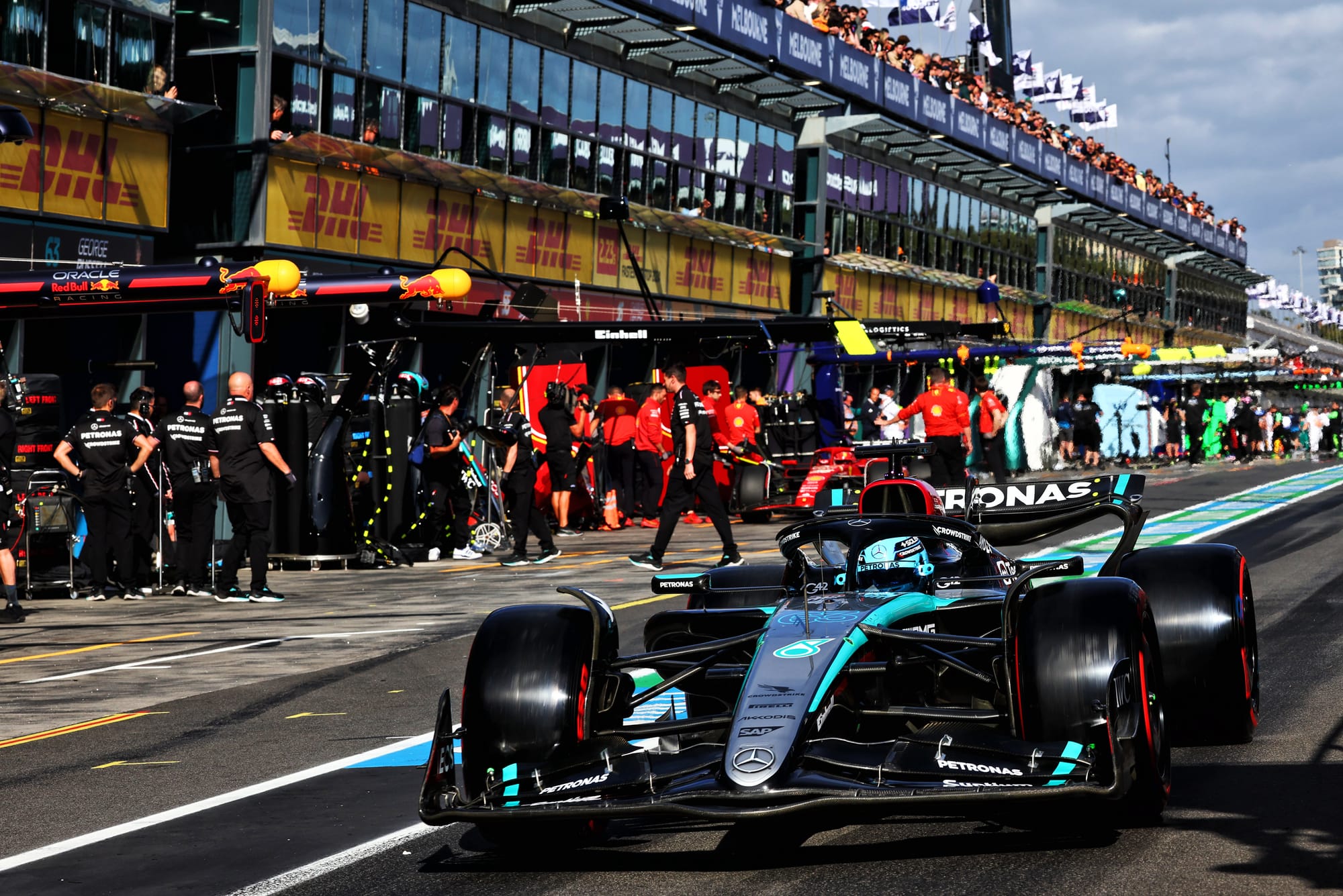
“We took many potential root causes out of the equation,” Wolff replied.
“We weren't sure about our suspension, we weren't sure about the stiffness of our gearbox carrier, we had a vibrating steering rack, and all of those things have disappeared.
“But fundamentally, whatever we see in the tunnel doesn't correlate with what's happening on the track.
“And it is not a single person that says ‘I would interpret that data this way’ and because of dogma, because of dogmatism, we're not making any progress.
“I don’t see dogmatism and I should see an open environment where people share, where people dig themselves by the nose and say ‘maybe in my area we are making mistakes’.
“It's so tough - in my career, in everything I've done before, finance and investments, you know which screws to turn, and you know sometimes it takes time because, back in my Williams days I knew what was missing.
“But here, I don't think we are missing something, it is just a complication of what's happening with the car that we can't see. And it's like an on/off switch.
“And then you see all the progress that McLaren and Ferrari have made. And this is the difference between last year and this year.”
That comparison to McLaren and Ferrari gave Wolff some hope that Mercedes can ultimately make a comparable breakthrough.
“There were times in the race where we massively lacked pace,” he admitted in Melbourne.
“And then there were times when at the end, when you compare like for like, we were doing OK - still not where we want to be, but you could see in the second stint, Fernando on the medium, we couldn't come anywhere close - and the lap time is like a second off in the clouds. And then suddenly in the last one, when we went for it, not worrying too much, the lap times were competitive.
“We started the season in the belief that this car is better than it was last year. And then you look at last year [in Melbourne] and look at these guys [Ferrari], [Charles] Leclerc crashed out and [Carlos] Sainz was fourth, but relegated to outside of the top 10 because of the penalty, but on the road he was fourth.
“And McLaren was 17s, 18s, 19s [behind]. And they are 40 seconds ahead of us.
“So, obviously on one side, I want to punch myself on the nose!
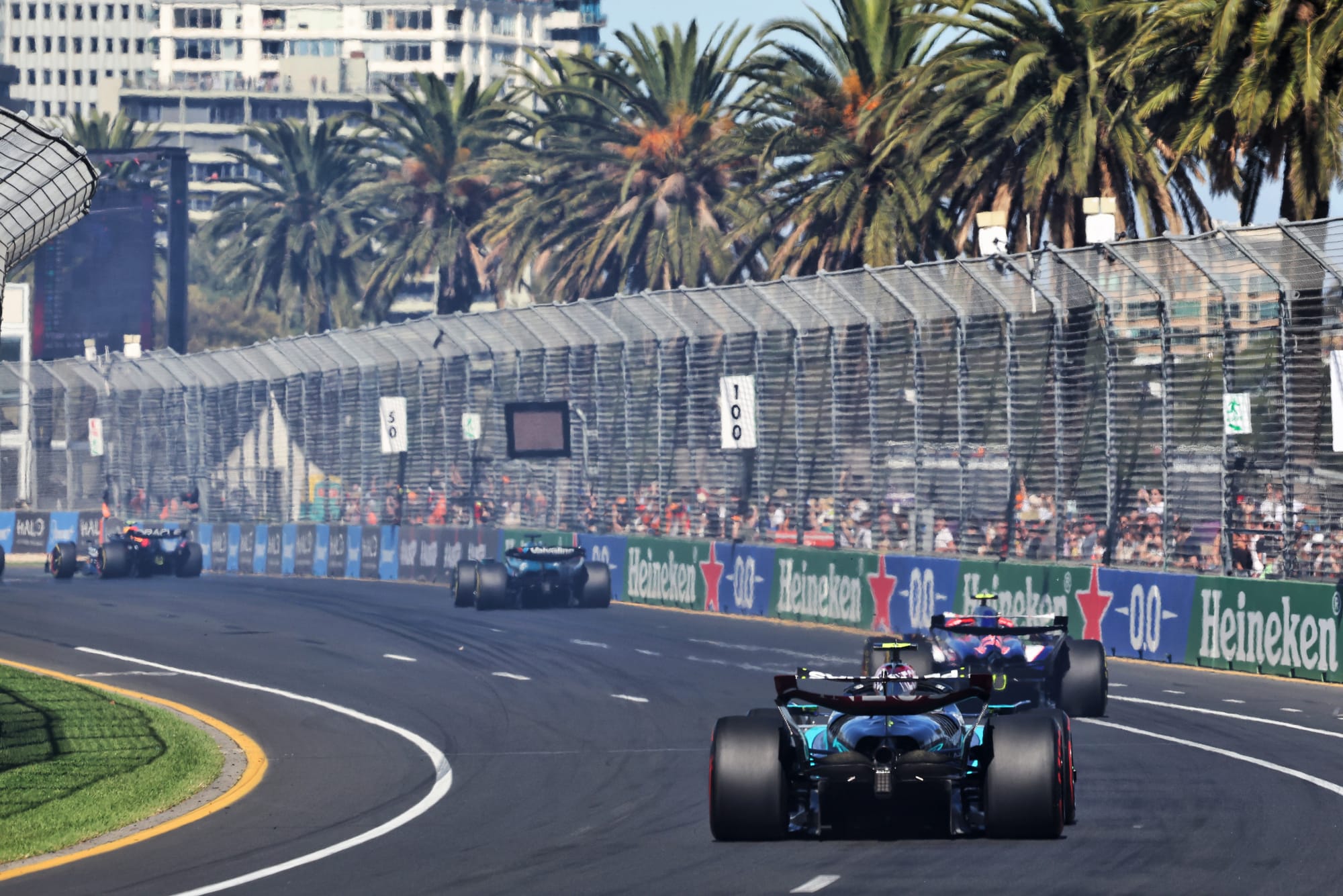
“But on the other side, it is also a testimony that when you get things right you can turn it around pretty quickly, and you’ve just got to continue to believe.
“But at the moment it is a very tough time.”
And a very tough time that - based on Allison and Wolff’s most recent comments - Mercedes doesn’t currently have the right tools to figure its way out of.


